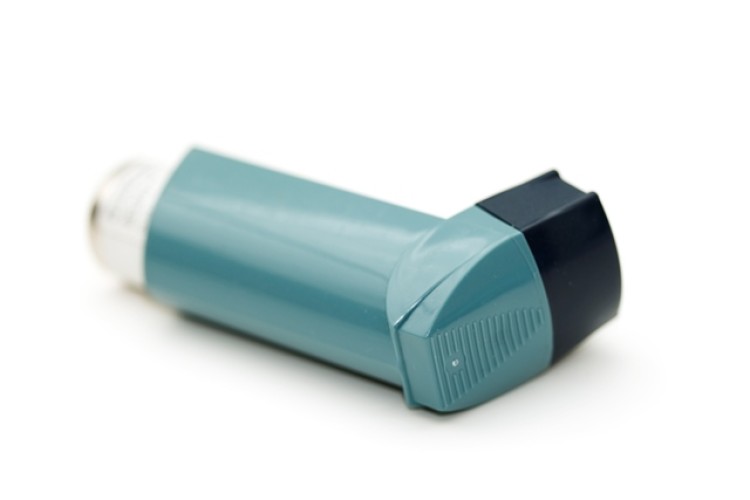While air pollution is usually regarded as an issue relating to outdoor smog and fumes, we spend most of our time indoors, where air pollution is just as much an issue but doesn’t get nearly as much attention.
To address this, a new working party addressing the challenges of indoor air pollution has been formed, bringing together the Royal College of Paediatrics & Child Health (RCPCH), the Royal College of Physicians (RCP), the Building Research Establishment (BRE) and the Adaptation and Resilience in the Context of Change (ARCC) network.
It will initially focus on three key areas:
- Identifying gaps in knowledge on the best ways of reducing indoor pollution
- Providing recommendations for action in the built environment industry and policy development
- Fostering solutions to indoor pollution.
Professor Stephen Holgate, the RCP’s special adviser on air pollution, said: “When we think about air pollution, we naturally focus on air travel, busy roads or factories. However, one of the more immediate threats to our health is that of indoor air pollution.
“Factors such as kitchen products, faulty boilers, open fires, fly sprays and air fresheners, can cause poor air quality in our homes, workspaces and schools. We need to take action now and protect our future generations.”

BRE chief executive Peter Bonfield said: “In the UK we spend up to 80% of our lives in buildings – homes, schools and workplaces. Improving indoor air quality represents a huge opportunity to significantly improve our health and wellbeing. Consumers need to be aware of the direct benefits of energy efficiency and how to best implement energy efficiency measures in their homes including ventilation strategies, achieving adequate indoor air quality through increased insulation levels."
Roger Street, principal investigator from the ARCC network said: “In looking to achieve better indoor air quality now and over the lifetime of homes, the engineering research community is already developing low carbon, robust engineering solutions able to respond to the challenges varying external air quality and our changing climate presents. There is already a willingness to act from the built environment community in making use of research findings to improve indoor air quality. This is particularly true for existing public research investment into understanding the linkages between decarbonisation, health and housing.
“An exciting area of emerging research to assist with ventilation design for new and retrofitting applications over the building’s lifetime is the development in air flow modelling between external and internal environments that account for climate change. We are delighted to be at the forefront of establishing a new research agenda focused on the knowledge gaps around the solutions available and their ability to reduce pollution exposure.”
This initiative comes at a time when the importance of air quality is increasingly being recognised. Following a High Court ruling that air quality plans were ‘inadequate’, the government is looking to set out plans for improving air quality and reducing emissions.
Last year saw the launch of Every breath we take, a report by the RCP and the RCPCH on the impact air pollution has on health, and Each Home Counts, a report by Peter Bonfield addressing energy efficiency in homes.
Got a story? Email news@theconstructionindex.co.uk



